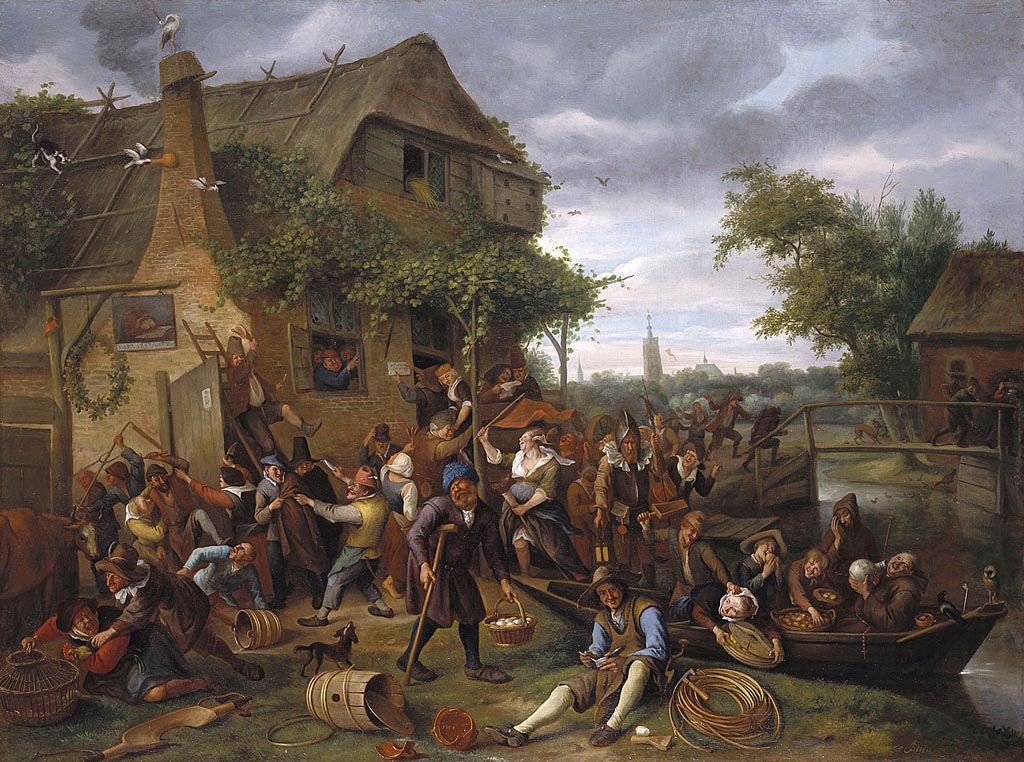
By David M. Fields,
We must be insistently aware of how space can be made to hide consequences from us, how relations of power and discipline are inscribed into the apparently innocent spatiality of social life […] (Soja, 1989, p. 6)
We are first and always historical-social-spatial beings actively participating individually and collectively in the construction/production—the ‘becoming’—of histories, geographies, and societies. (Soja, 1996, p. 73)
The fortification of housing insecurity, if left unchallenged, constitutes a normalized social basis, in which an ever-growing number of impoverished households are routinely ostracized. Analyzing the dynamics of this social condition demands robust explorations of the concrete reality, whereby housing, in general, is developed, reproduced and institutionalized over time and space.
At its most fundamental level, housing is more than a market segment or policy, it is a social relation that serves as the kernel of human survival, which can have profound consequences for the actors involved, the actions they take, and the outcomes that follow. As such, housing provides a set of meanings and values, a material form of emotional, cultural, political and economic significance. It is an institution that points to polyvalent higher order social arrangements that involve both patterns of social mobility and symbolic systems that infuse human activity with a powerful essence. Housing insecurity, therefore, is not a just a means of financial dispossession, but an ontological crisis concerning personal identity and the relationship to the rest of society.
Thus, the inherent task is to conceive of a situational dynamic that structures a housing system that enables residents to profoundly overcome socioeconomic inequity. The mission is to construct a moral economy, so to speak, that is generated along the lines of a systematic effort to maintain a high quality of life, whereby value, norms and obligations are metabolized through particular fields constituted by dynamic combinations of meanings and practices that embody a generalized sphere of community, a realm of possibility to enhance the development of one’s potential.
Overall, the intention is to allow for a normative discussion about what possibilities exist for assessing housing as a spatial activity that altogether adheres to socially determined aesthetic and moral expectations, that is, to approach housing as a language of dignity, as opposed to a vocation of spatio-temporal fixes. Hence, the responsibility of providing the means of socially equitable forms of shelter is not an insurmountable challenge; it can be administered in the name of social stability.
What is requisite is a recognition of moving beyond close instrumentalism and incrementalism with respect to short-term benefits of goal-specific tasks. This presupposes a negation of distancing from outward signs of housing insecurity, which inherently is a society-wide phenomenon, since institutional benign neglect only contributes to the slippery slope vulnerable people continually risk, toward the untouchable-caste status of homo sacer.
References:
Soja, Edward W. (1989), Postmodern Geographers. New York: Verso
Soja, Edward W. (1996), Thirdspace. Oxford: Blackwell.
